Beauty is defined by different standards. There are those who view a tanned skin as the epitome of attractiveness. Similarly, having a lighter glowing and fair skin is the wish of many others. While the standards may vary, one thing is for sure, dark spots can be a psyche killer.
This is more so when dark spots appear on the face, the very part of your body that showcases your beauty. So, how can you achieve a flawless and beautiful face?
You may require fade creams, exfoliants, cosmetic procedures, DIY home remedies or a combination of any of these. To make a more informed decision, here is a brief take on each of the 8 ways to fade and hide dark spots on the face.
Exfoliation
Exfoliation involves eating away the outermost skin surface which comprises of dead and old skin using abrasive materials. With this comes accelerated replacement of skin cells, which are newer and lighter. Exfoliation can be done in several ways:
- Exfoliation Scrubs
These are powder or slurry mixes infused with fine particles. By rubbing the oxfoliant on the dark spots, the outer skin is buffed. The particles can be sourced from plants or inorganic matter. Common spa-grade scrubs include apricot, jojoba beads, sugar and sea salts.
- Exfoliation Soaps
An easy DIY approach to getting rid of dark spots is by using exfoliating soaps. These are bathing soaps which contains fine or coarse particles or chemicals that can dissolve the skin. Fine particles are sourced from biological materials like oatmeal, brown sugar and peach extract. On the other hand, coarser particles are usually gotten from tougher materials such as sea salts.
Skin-Lightening Creams
Topical creams that can turn the skin to a lighter shade are among the most used products for dealing with dark spots. They are infused with skin lightening compounds which can either be inorganic or natural. To lighten spots, the creams inhibit or slow down melanin production in the skin.
Melanin refers to the natural pigmentation that gives dark spots their characteristic color. It is produced by melanocytes, cells found in the epidermis, by the action of an enzyme called tyrosinase. Its production is suppressed either by slowing down melanocytes formation or inhibiting tyrosinase.
The common ingredients behind skin bleaching include hydroquinone, Azelaic acid, natural extracts, steroids and retinoic acid.
Take caution though, because fading dark spots using skin lighteners is a process that involves impairing biological functions of the skin. It should therefore be done cautiously and if possible following a dermatologist’s advice.
Of concern is the potency of some ingredients which can lead to reversal of results and development of major side effects. This brings Hydroquinone and Mercury come into mind; while they are effective in their action on the skin, they are known carcinogens and are actually banned in most countries and regions.
Chemical Peels
Chemical peels work on the skin by killing tissue on the affected area. It involves application of chemicals that are toxic to skin. This results in a controlled death of upper skin layers, creating a wound. As the body works to repair itself, new, younger and fairer skin replaces the old darkened one.
There are different chemical peels with distinction coming from the depth of the wound created. Superficial peels are ideal for dark spots since they do not damage the skin beyond the epidermis and take shorter time to heal.
That said, a dermatologist might recommend stronger (deep) peels depending on the condition being treated. Deep peels constitute of more potent ingredients and are allowed to penetrate the skin for a longer period. This allows the peel to root out the pigmentation from the dermis up.
Peeling solutions contain ingredients such as retinoids, AHAs (alpha hydroxy acids) like lactic acid, TCA (trichloroacetic acid), and BHAs (beta hydroxy acids) such as salicylic acid. The formulations are usually made up of two or more ingredients in a solvent such as ethanol.
When done property, chemical peeling can be effective, well targeted and result in faster healing. This however calls for the procedure to be carried out by a physician as opposed to over-the-counter DIY kits that may take a turn for the worst.
Additionally, peels work better on dark spots caused by sun damage and acne scarring. The treatment is also better carried out on lighter skin since dark spots on dark or brown skin may come out brighter than surrounding areas.
Skin-Resurfacing Lasers
LASER is an acronym which stands for Light Amplification by Stimulated Emission of Radiation. Advances laser technology has opened up new and innovative ways of dealing with skin blemishes. When the technology is used on the skin, the treatment is referred to as Skin Resurfacing or Photofacial.
So exactly what are lasers and how do they work?
Lasers are concentrated short pulsating light beams that can be focused on the skin to remove dark spots. By converting light energy into heat, lasers heat up cells and melanin to remove and vaporize the affected skin. Once the dark and old tissue is removed, newer and lighter skin gets a chance to grow.
To achieve this, different types of lasers are available for your choosing. Among the many types though, Ablative lasers are the best suited for dark spots removal. Reason being, their beams target the upper dermal areas where most spots are found.
IPL (Intense Pulsed Light) lasers can also be handy for this kind of skin correction. These are multi-wavelength lasers that can be tuned to a specific beam depending on the condition being treated and the skin type. This makes IPL lasers more versatile and easy to use.
Compared with other methods, laser resurfacing is a bit more expensive and can cost an upwards of $2,000. This depends on the type of laser and number of sessions required.
Deep rooted spots may require more up to 5 sessions, driving the cost further up. To get the full worth of your money go for a reputable practitioner. This will ensure that the right laser issued, at the right intensity and duration. Failure to do this can leave your skin exposed to viral infections, scarring, redness, hyperpigmentation and bumps.
Dermabrasion and Microdermabrasion
Both methods are somewhat similar to exfoliation, except for the fact that they are more specialized and incorporate devices to buff the skin. The practice is borrowed from ancient societies, where abrasive materials such as stones were used.
Dermabrasion involves use of abrasive materials such as salt crystals, diamond tips and wire brush to wear away dead and blemished skin. It requires local anesthesia and qualified personnel to perform. It comes with the risk of scarring, reactivation of the condition behind the spots, and infections from exposure.
Microdermabrasion on the other hand is a newer and improved procedure. It makes use of a mechanical medium to sand the skin. The abrasive materials used include tiny crystals or diamond tips coupled with a suction mechanism. As the outer skin layers of the affected area are being buffed, the debris is vacuumed off.
Unlike the former, microdermabrasion is a fairly straightforward procedure and does not require formal training. Also known as Microderm, the treatment now comes in at-home kits. These are easy to use and non invasive, making the kits safe. The procedure takes 5 to 60 minutes, depending on the severity of the condition.
If you choose to go with the diamond tip option, which is the more recent and safer option, use the product as per seller recommendations. For beginners, the exfoliating tip should be set at its shortest length and the suction pump at its lowest power setting.
This will give your skin time to adjust to the procedure. The lower settings allow you to test the sensitivity of your skin. If microderm agrees with your skin, you stand to benefit from one of the best skin treatments out there.
Are the dark spots on your face located around the eyes? If so microderm will take care of them without the risk of skin debris getting into the eyes- as is the case with traditional dermabrasion and manual exfoliation.
That’s not all; apart from improving the appearance of dark spots, diminishing acne, wrinkles, and fine lines, microderm enhances penetration of creams and serums deep into the skin.
Makeup
Are you just looking for a way to conceal dark spots without getting rid of them completely? Or time is of the essence and you need a quick makeover for an event? Well… you should go with makeup.
The trick here is to choose a makeup regimen that works for your specific skin type and condition. By following the right sequence of application, you can even out dark spots, hide acne spots and conceal puffy eyes.
Start by getting rid of old makeup by washing it off with a mild cleanser. Failure to do will leave you with a caked appearance upon application of new makeup. Follow up with a moisturizer and then a primer. The primer helps in enhancing your appearance and ensuring your makeup holds all day and does not smear when sweaty.
Next come the foundation and concealer; in that order. The foundation should be of the same color as your natural skin tone. This helps to avoid creating a borderline between your face and the chest area. Concentrate the foundation onto the dark spots.
This can be followed by a setting powder which is necessary for a long-lasting make up. By the end of this step, the blemishes should be well hidden. You should then finish off the regimen by applying blush and highlighting your eyebrows.
Natural and Home Remedies
With the rise of DIYs and herbal alternatives to commercial skincare procedures and products, treatment of dark spots has not been left behind. Home remedies involve use of common products found in and around the home. For a fully natural approach, you can also turn to plant extracts to either exfoliate or lighten your skin.
Generally the extracts or compounds are made into face masks that are applied on the spots or scrubbed on, left to stay for a short time then washed off. Common face masks are made from turmeric, honey, apple cider vinegar, baking soda, sugar, papaya, and Aloe Vera.
If you choose to go with these remedies, it’s advisable to research on the effectiveness of each treatment. Take a step further and check the availability of scientific studies behind the efficaciousness of each ingredient.
Expert Advice: If you have a sensitive skin, avoid ingredients such as Aloe Vera and lemons which are known to dry out and cause itchiness. Also, these masks should not be kept on for a long time before washing them off; keep them on for 15 to 20 minutes and always follow the treatment with a moisturizer.
Advanced Dermatology and Cosmetic Surgery
Not all dark spots can be hidden or gotten rid off by use of normal beauty routines. Some are stubborn and may require a holistic approach; this is where advanced treatments and cosmetic surgeries come into play.
These are expensive and specialized treatments and should be approached with caution, just as you would a normal surgery. Here are some cutting edge procedures to consider;
- Microneedling
Microneedling or collagen induction therapy, as the procedure is also known as, involves use of a pricking device to inflict micro injuries on the skin. The rationale here is that the tiny wounds trigger the skin to heal itself– paving way for new and lighter skin. A derma roller is used for the procedure.
- Microneedling with PRP
Ever heard of Vampire Facials where blood is smeared on the face to help in rejuvenation; the kind that Kim Kardashian uses on her face? Well… a new and better treatment has taken over- and it combines elements of microneedling and vampire facials.
The treatment is an improvement of Microneedling by introducing PRP into the procedure. PRP stands for platelets rich plasma, which is blood centrifuged to remove red blood cells and other cellular components, to leave only platelets.
The resulting plasma contains growth factors which hasten growth of new skin when smeared on the punctured skin. The process is safe and efficacious since PRP is obtained from your own blood- so keep off is you are squeamish around needles!
- Cosmetic Surgery
This is usually a last resort scenario and is a scheduled operation done under anesthesia. Treatments of this nature are very expensive and may require a longer recovery time. They are advisable only in extreme circumstances, for example when the treatment for dark spots is accompanied by facial reconstruction.
Any of the above treatments/ routines can help you either fade or hide dark spots. However, most and especially those that involve removal of the skin’s top most layer leave you exposed to the elements. With this comes the danger of skin issues and reactivation of dark spots from photodamage.
This calls for handling the affected area with clean hands during treatment and minimizing sun exposure by wearing sunblock. Go for sunscreen with a high sun protection factor (SPF 30 and above).
Lastly, it’s advisable to always start by consulting with your physician or dermatologist before embarking on any skin treatment because who knows? Dark spots on the face could be a sign of underlying medical conditions such as hormonal imbalance or liver damage.


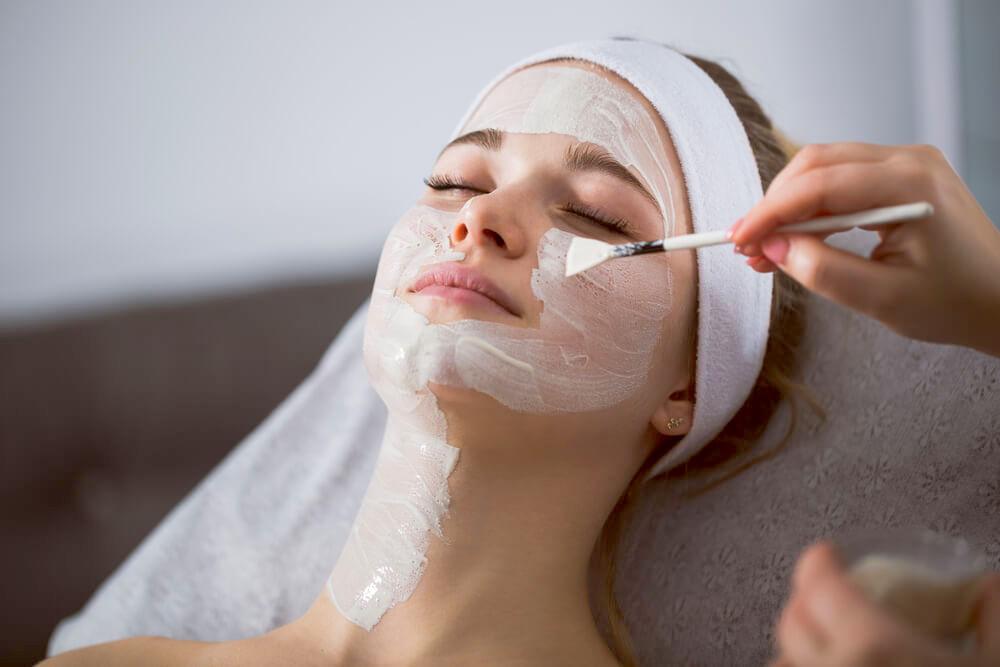

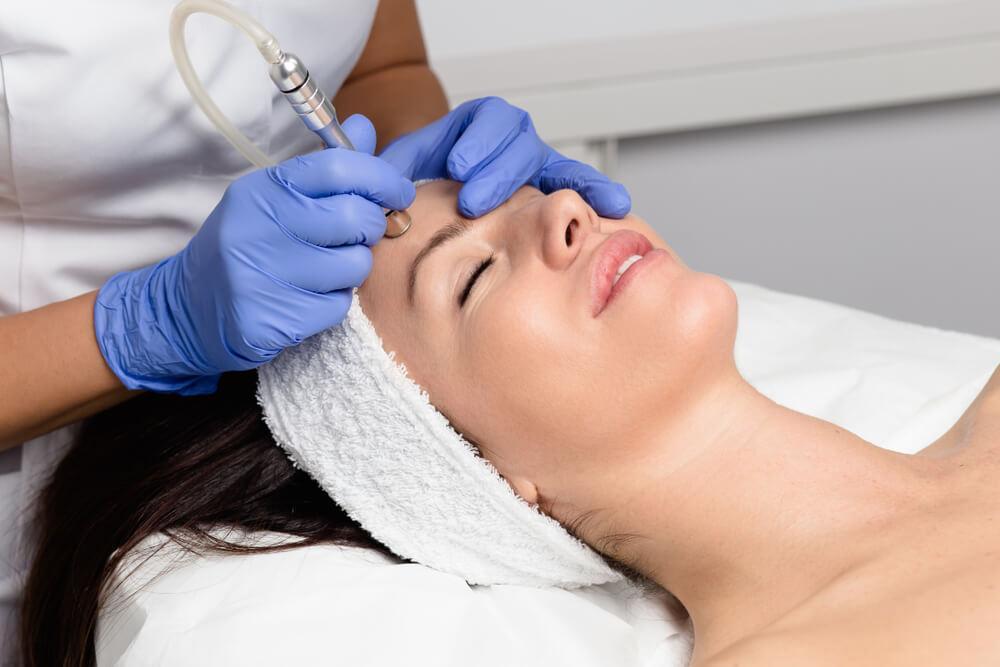
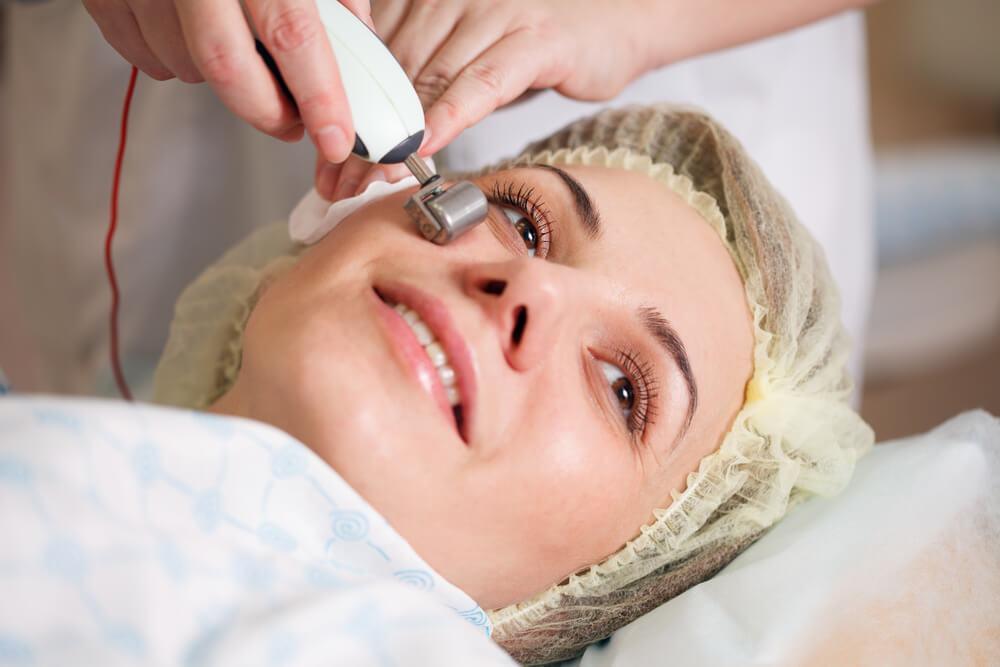
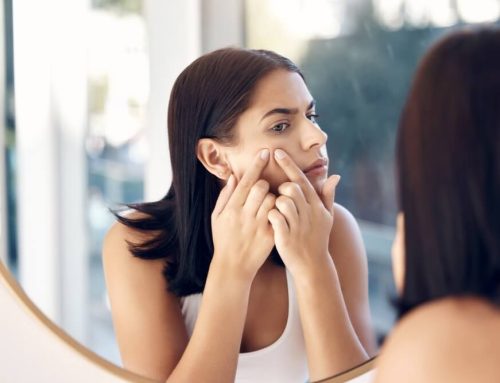


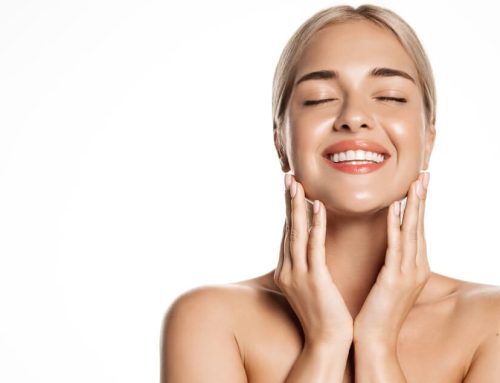
Leave A Comment